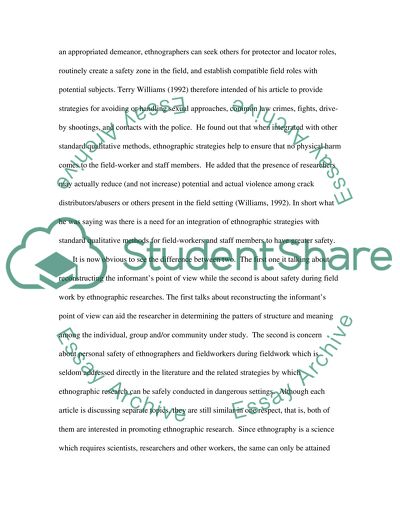Cite this document
(“Doin the Hustle by Venkatesh and Personal Safety in Dangerous Places Literature review”, n.d.)
Doin the Hustle by Venkatesh and Personal Safety in Dangerous Places Literature review. Retrieved from https://studentshare.org/social-science/1542563-reaction-essay
Doin the Hustle by Venkatesh and Personal Safety in Dangerous Places Literature review. Retrieved from https://studentshare.org/social-science/1542563-reaction-essay
(Doin the Hustle by Venkatesh and Personal Safety in Dangerous Places Literature Review)
Doin the Hustle by Venkatesh and Personal Safety in Dangerous Places Literature Review. https://studentshare.org/social-science/1542563-reaction-essay.
Doin the Hustle by Venkatesh and Personal Safety in Dangerous Places Literature Review. https://studentshare.org/social-science/1542563-reaction-essay.
“Doin the Hustle by Venkatesh and Personal Safety in Dangerous Places Literature Review”, n.d. https://studentshare.org/social-science/1542563-reaction-essay.


